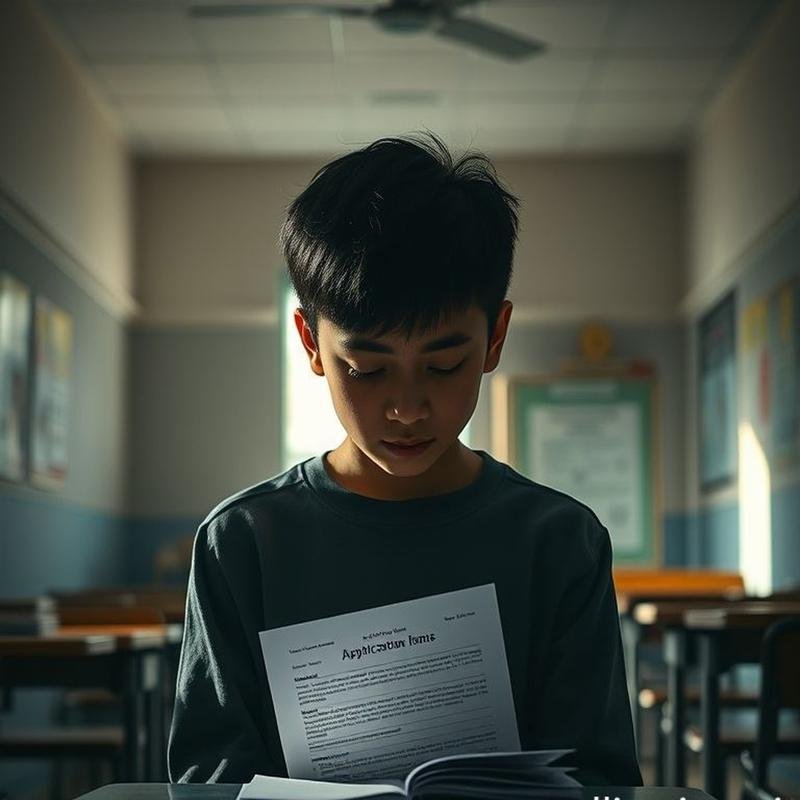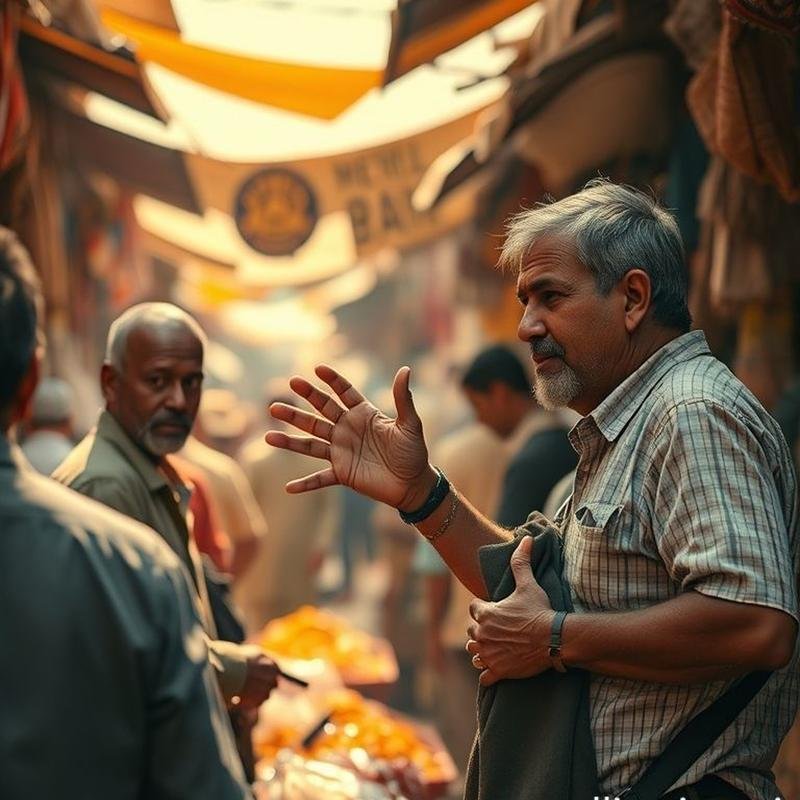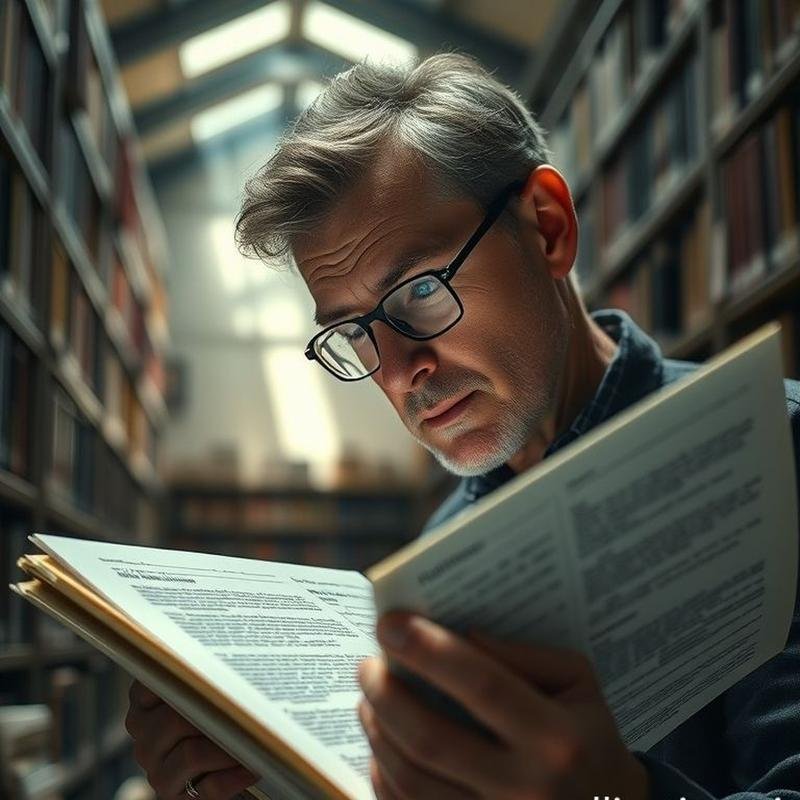Dialects: Subterranean Conflicts Within Our Societies?

Dialects & Conflict: Exploring Social Division
Exploring the sociolinguistics of identity and division in the Arab world.
Can seemingly innocuous words be a catalyst for conflict? Can dialects, with their unique nuances that enrich our language, become subtle battlegrounds? This exploration delves into the field of sociolinguistics to understand how dialects shape our identities and how they can be the initial spark for subtle conflicts within Arab societies. We will decode this complex linguistic landscape and analyze how strong allegiances and deep divisions arise, all through the lens of the diverse dialects that define the Arab world.
Before we embark on this journey to uncover identities, please share in the comments which dialect you feel distinguishes you. And subscribe to the channel to accompany us on this intellectual adventure.
Sociolinguistics: Unveiling Identity
Now, let us begin our exploration into sociolinguistics, a field that offers profound insights into identity. This is not merely a study of language, but a deep exploration of how society, with its cultural norms and expectations, influences language use, and how language, in turn, shapes society. It is a lens that reveals how dialects and vernaculars become symbols of social identities, distinctive markers that differentiate us from others.
Dialects and Social Stratification
The study of sociolinguistics reveals subtle variations in language use among different ethnic groups, variations that reflect unique cultural identities. Unfortunately, these differences can lead to the entrenchment of stereotypes and social biases, negatively impacting individuals’ educational and professional opportunities. A 2010 study demonstrated that speakers of certain dialects are often perceived as less competent or less intelligent, regardless of their actual abilities. Sociolinguistics provides the necessary tools, such as discourse analysis and conversation analysis, to analyze these phenomena, understand how we construct our identity through language, and how linguistic discrimination can ignite social conflict and marginalization.
Dialects as Badges of Belonging
Through language, our identity is revealed in its most complete form. Having seen how language can become a tool for discrimination, let us now explore the positive side, where dialects become badges of belonging, deeply rooted anchors that connect us to our communities.
Dialects are not merely minor differences in pronunciation or vocabulary; they are valuable social membership cards, precisely defining who belongs to the group and who is outside it, creating a strong sense of belonging. As has been wisely said, a dialect is a small homeland, carrying within it priceless memories and feelings.
In Egypt, the Upper Egyptian dialect is not just a way of speaking, but a symbol of pride and reverence for the ancient historical roots of the people of southern Egypt. In Saudi Arabia, speaking in the Bedouin dialect is a way to preserve the cultural heritage and authentic values of the Bedouin community. In Morocco, a study revealed that 85% of people believe that Moroccan Darija enhances national identity and deepens belonging. In Yemen, the diverse dialects reflect the rich geographical and tribal diversity and are an expressive means of loyalty and belonging.
The Double-Edged Sword: Dialects and Conflict
However, can this linguistic richness become a source of conflict? History suggests that dialect can be a double-edged sword.
In Rwanda, in 1994, dialect became a deadly identifier. Slight differences in pronunciation were enough to distinguish Tutsis from Hutus, determining life or death. Simple words became death sentences.
In South Africa, racism was embodied in the Afrikaans language, a Dutch dialect imposed on Black schools, igniting the Soweto uprising. Here, language was not just a tool for communication, but a symbol of oppression and enslavement.
In Spain, Catalan, Basque, and Galician are not just dialects, but flags for movements demanding independence. In Iraq, Lebanon, Sudan, and Morocco, dialects are intertwined with sectarian, ethnic, and political affiliations, creating underlying tensions.
Dialects are not just differences in sounds, but roadmaps to power. Throughout history, ruling regimes have sought to unify language, claiming to promote national unity, while the real goal was to consolidate their control.
In France, Louis XIV marginalized regional dialects. In Norway, laws were enacted to protect two official languages, attempting to maintain balance and prevent one language from dominating the other.
But what happens when language transforms from a means of communication into a tool of oppression? Belgium provides a stark example, where linguistic disputes have led to sharp divisions and repeated political crises. In India, an attempt to impose Hindi as the sole official language sparked violent protests.
Thus, dialects can transform from a mere means of communication into a tool of oppression. But is this our inevitable fate? Can we preserve this precious diversity, or are we heading towards a world where dialects fade away and identities become unified?
Preserving Linguistic Diversity
Today, humanity stands at a crucial crossroads. According to UNESCO, our world is rich with nearly 7,000 spoken languages, but more than 40% are in danger of extinction. Amid this threat, initiatives that inspire hope are emerging. Wiki Tongue is a global collaborative project that seeks to document every language and dialect, even those on the verge of extinction. Imagine a vast database, a treasure trove of linguistic riches, waiting to be discovered and preserved for future generations.
Artificial intelligence technologies are also contributing effectively, creating machine translation tools for low-resource languages, opening new horizons for global communication and protecting these languages from oblivion. In 2022, the United Nations announced the International Decade of Indigenous Languages, attempting to save what remains and restore languages that have long suffered marginalization.
Preserving linguistic diversity is not just an emotional issue, but an urgent necessity. As a study by the University of Cambridge confirms, the loss of any language is linked to the loss of knowledge.
A Brighter Future Through Linguistic Dialogue
So, after this deep exploration of the impact of dialects, should we not move towards a brighter future? A future that celebrates linguistic diversity not as a disagreement, but as a hidden treasure.
Dialects are not just variations in the way of speaking, but an embodiment of social and cultural identities. Let us embrace these manifestations and see in each dialect a window open to a unique world. Preserving dialects strengthens national identity itself.
Today, more than ever, we need a fruitful and constructive linguistic dialogue, one that transcends prejudices and biases. Let us remember the value of every language and dialect. Standard Arabic is our common denominator, while our local dialects are our unique fingerprint. Let us maintain this delicate balance and make linguistic diversity a driving force towards progress and prosperity.
Call to Action
Having explored how dialects shape our identities and affect our societies, the most important question remains: how can we harness this awareness to promote understanding and reduce conflict? What practical steps can we take to celebrate linguistic diversity in our Arab world? Share your opinions and experiences in the comments.








